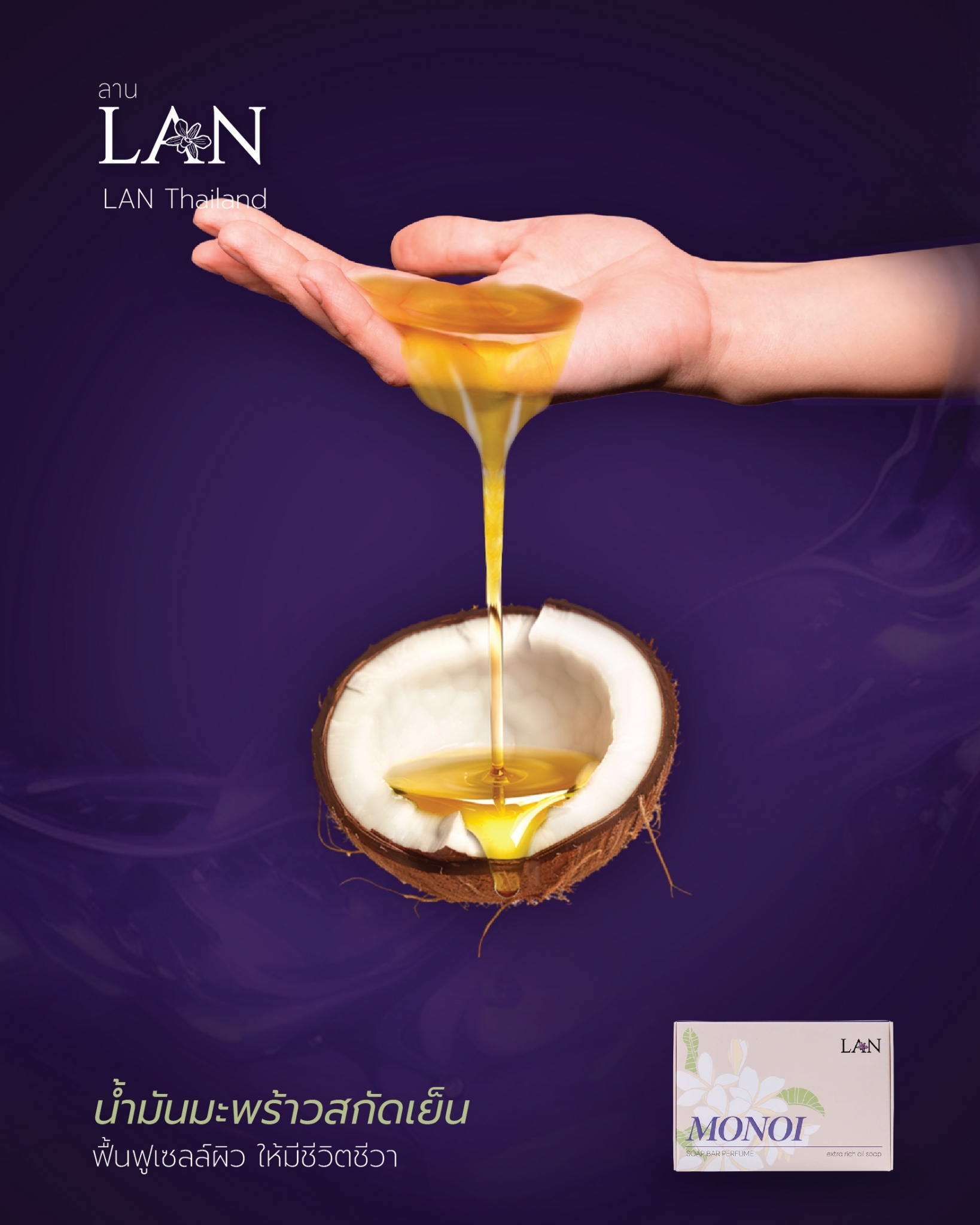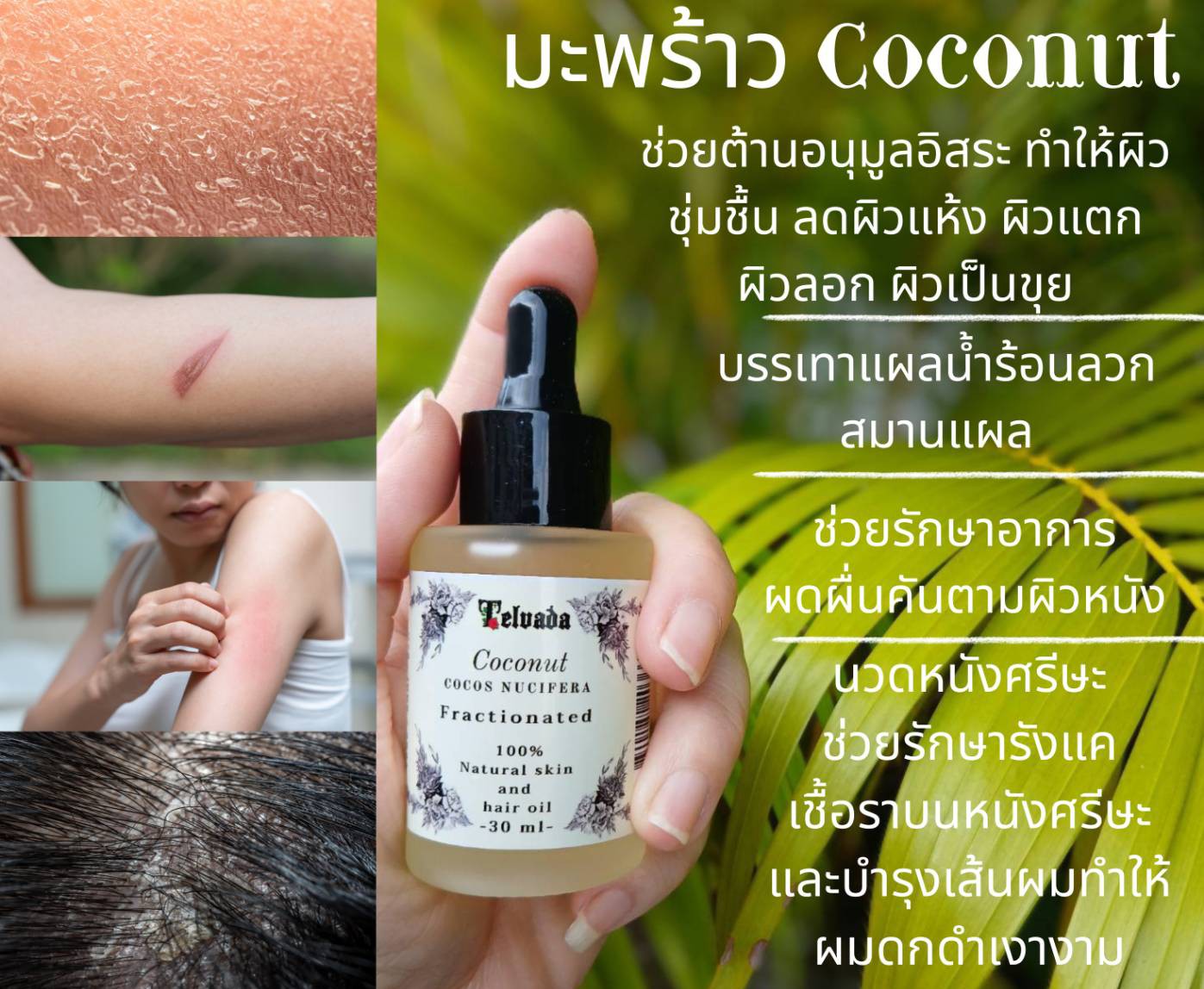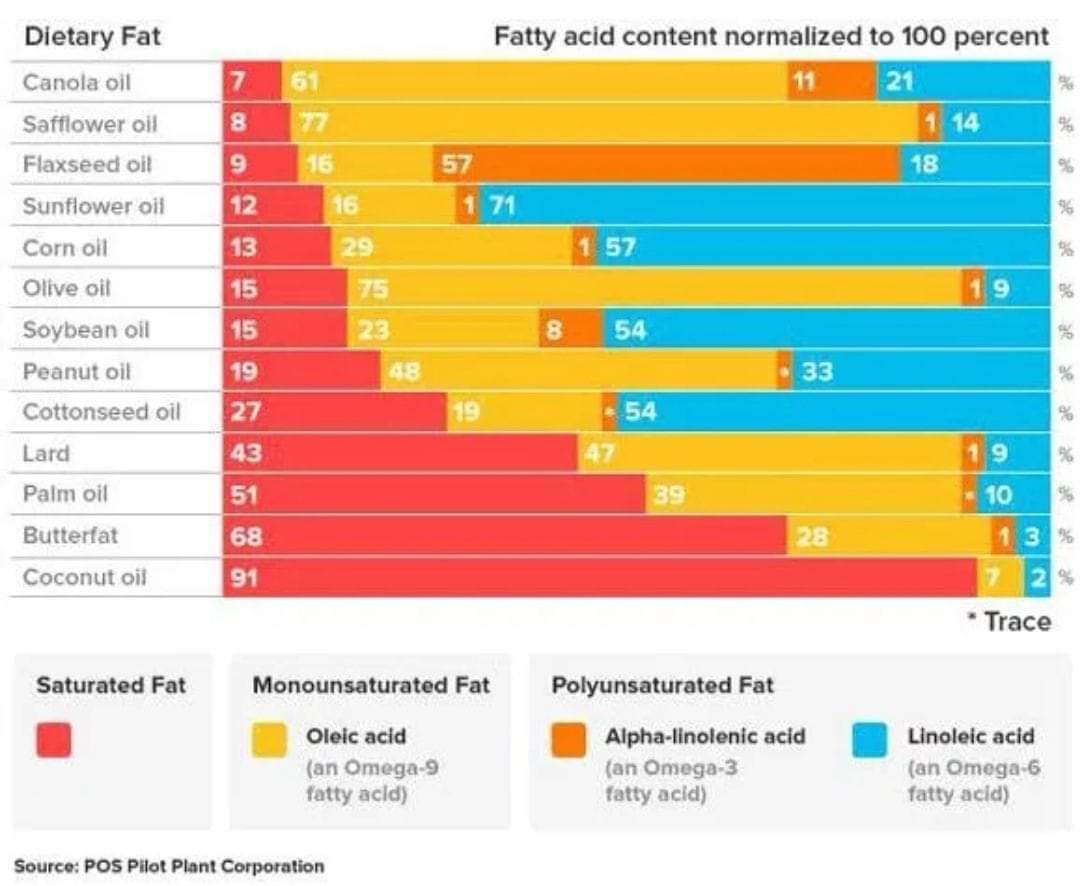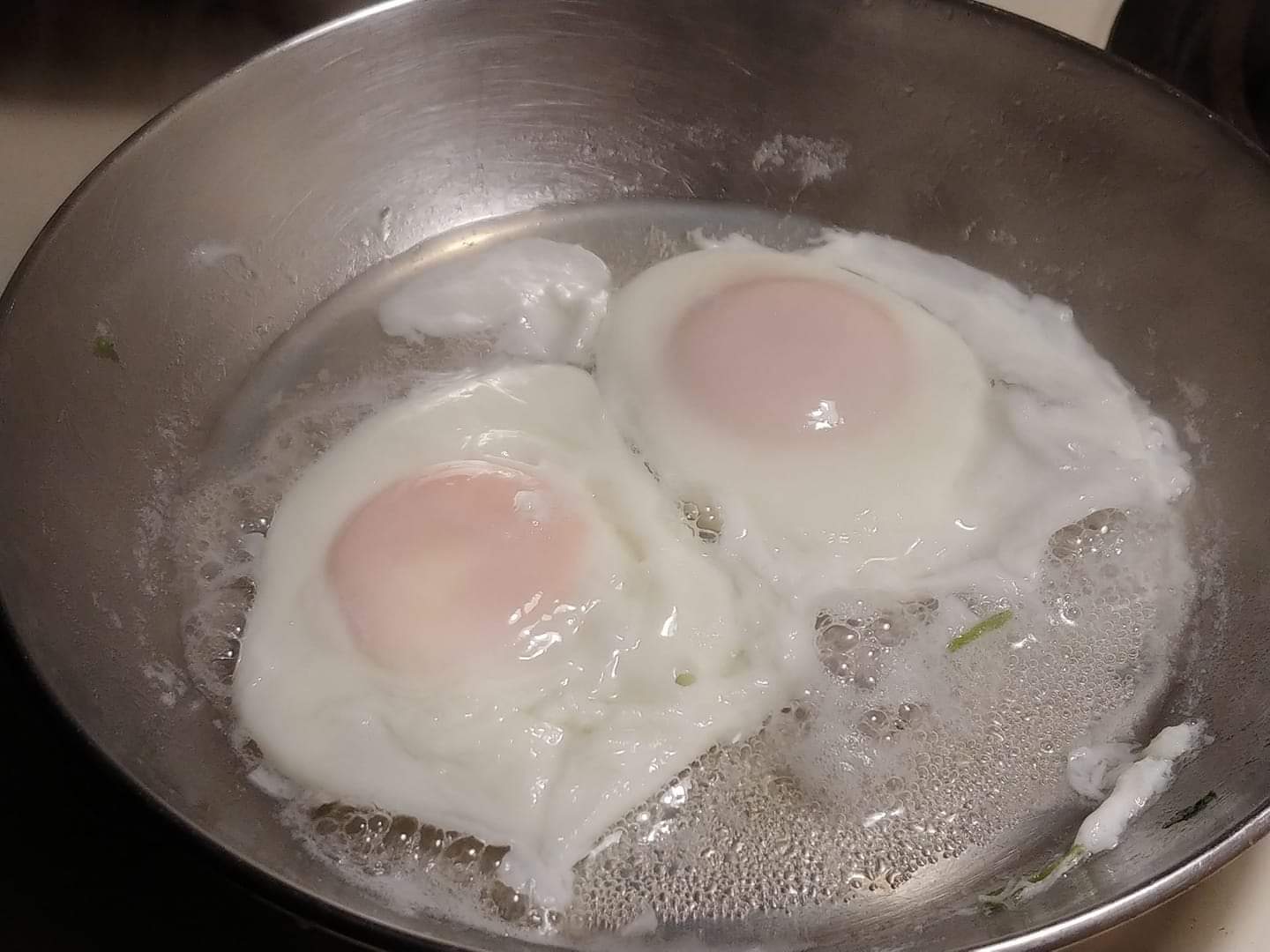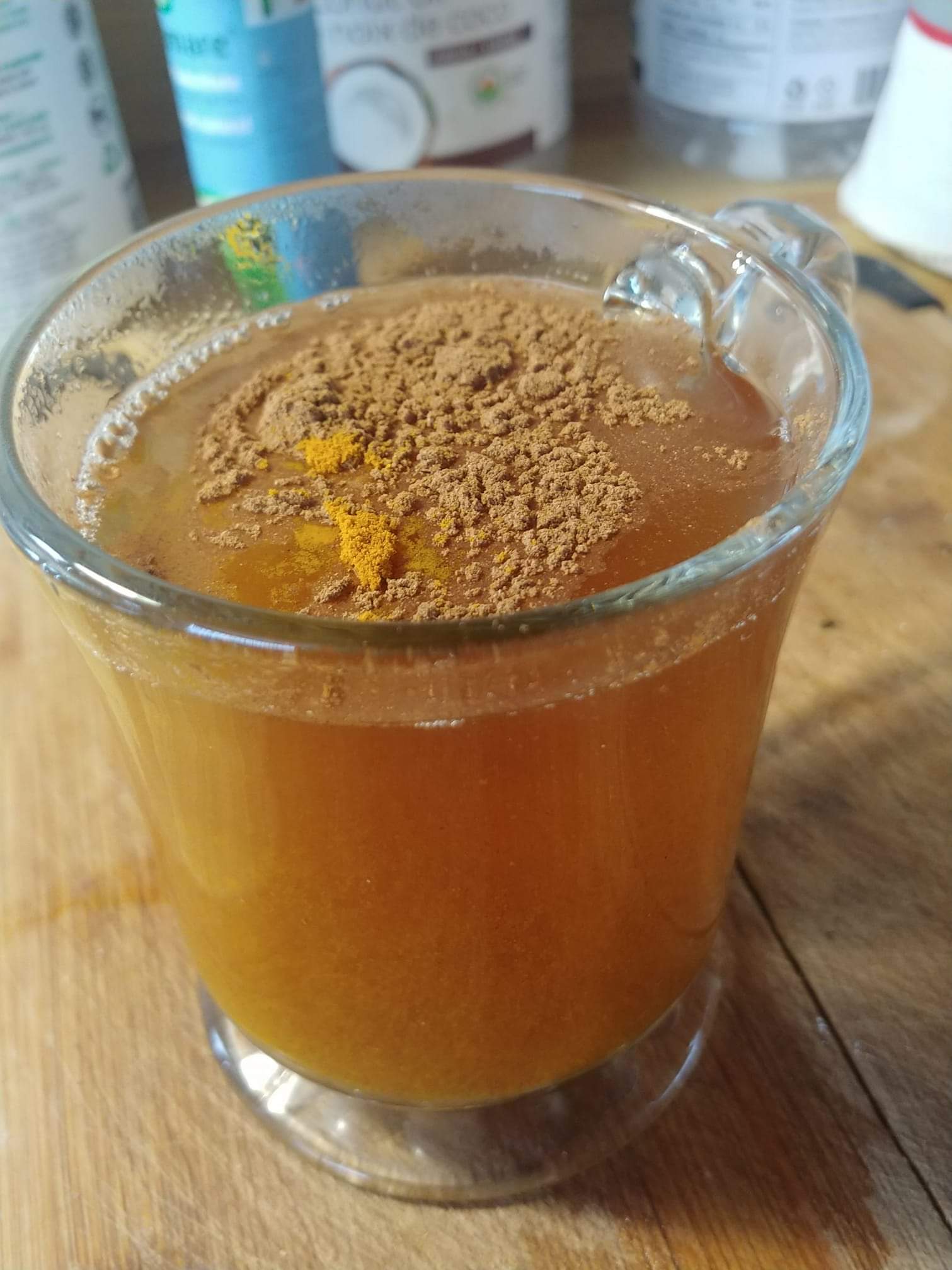Gelato vs. Ice Cream vs. Frozen Yogurt vs. Sherbet vs. Sorbet: Get The Scoop On The Difference
You scream, I scream, we all scream for… wait, is that ice cream or gelato? Or frozen yogurt? And what’s the deal with sherbet and sorbet? Are all of these things ice cream, too?
Don’t get a brain freeze. We’ll break down the similarities and technical differences between these frozen treats—based on ingredients and how they’re made—in addition to dipping into the overlap of the terms in casual use.
Join as we serve up the answers to these questions and more:
What defines ice cream?
What is the difference between gelato and ice cream?
How is ice cream different from frozen yogurt?
Is sherbet a kind of ice cream?
What is the difference between sherbet and sorbet?
How is gelato different from sorbet?
What is the difference between sorbet and ice cream?
Quick summary
We casually call a lot of frozen treats ice cream. But according to US technical guidelines, ice cream must contain 10 percent milk fat. It’s typically made with milk, cream, flavorings, and sometimes egg yolk. Gelato is similar to ice cream but typically contains less cream and air. Frozen yogurt uses yogurt as its primary ingredient rather than milk and cream. Unlike ice cream, sherbet uses fruit juice or fruit purée as its main ingredient and typically only has a small amount of dairy. Sorbet also uses fruit juice or purée as its main ingredient, but it doesn’t contain any dairy products or eggs.
What is the difference between gelato and ice cream?
Generally, the term ice cream refers to a creamy frozen dessert that’s made with dairy fats, sugar, and sometimes egg yolks. However, ice cream is often casually used as a catchall term to refer to all kinds of frozen desserts, including many of the ones that we’ll compare here, some of which do not contain cream or any dairy products.
That being said, the definition of ice cream is often much more narrow in technical use. In fact, according to US law, in order for a food to be considered ice cream in the US it must contain at least 10 percent milk fat. The legal definition also touches on the inclusion of flavoring ingredients like sugar or artificial sweeteners and optional dairy products, such as cream, butter, buttermilk, and skim milk. Typically, egg yolks are also allowed as an ingredient. Ice cream typically contains a lot of cream in order to achieve the required milk fat percentage.
Gelato is an Italian-style dessert that usually contains many of the same ingredients as ice cream. It’s often considered a type of ice cream—sometimes referred to as “Italian ice cream.”
Compared to ice cream, though, gelato usually contains less cream and has a lower milk fat percentage. Additionally, the slower churning process of gelato causes it to be infused with less air than ice cream. All of this means that gelato tends to have a silkier texture than ice cream.
frozen yogurt vs. ice cream
Frozen yogurt (popularly nicknamed fro-yo) and ice cream are both typically made from dairy products and sugar. However, the main ingredients in ice cream are milk and cream and the main ingredient in frozen yogurt is, unsurprisingly, yogurt. Under certain technical requirements, ice cream must have at least 10 percent milk fat, but those requirements don’t apply to frozen yogurt. The fat percentage of frozen yogurt depends on what type of milk was used to make the yogurt in it.
Is sherbet ice cream?
Sherbet is a creamy frozen dessert made mainly from fruit juice or fruit purée—it typically contains only small amounts of dairy products, egg whites, and/or gelatin. (Sherbet is pronounced [ shur-bit ], but many people say [ shur-burt ], leading to spelling sherbert becoming increasingly common.)
Sherbet is technically not ice cream, even though they both can contain fruit and dairy products. The big difference is that sherbet’s main ingredient is fruit juice or purée, while ice cream’s main ingredients are typically milk and cream. Still, they’re close enough that many people likely consider sherbet a type of ice cream.
sherbet vs. sorbet
As we just learned, sherbet typically contains only a small amount of dairy products and/or eggs. Sorbet (pronounced [ sawr-bey ]) is a creamy frozen concoction made from fruit juice or fruit purée that does not contain any dairy products or eggs. Sorbet is usually a dessert, but not always—it’s sometimes served between courses as a palate cleanser.
The words look similar because they’re ultimately based on the same root—the Turkish şerbet, from the Persian sharbat, from the Arabic sharbah, meaning “a drink.”
gelato vs. sorbet
By now, you know that gelato traditionally uses milk and cream as its main ingredients, and that sorbet primarily contains fruit juice or fruit purée and does not use dairy products or eggs. Sorbet is less creamy.
sorbet vs. ice cream
The difference between ice cream and sorbet is also based on whether or not dairy is used. Technically speaking, ice cream always contains cream and/or milk as its main ingredients, while sorbet traditionally never includes dairy or eggs, instead being primarily made from fruit juice or fruit purée.
sherbet vs. sorbet
As we just learned, sherbet typically contains only a small amount of dairy products and/or eggs. Sorbet (pronounced [ sawr-bey ]) is a creamy frozen concoction made from fruit juice or fruit purée that does not contain any dairy products or eggs. Sorbet is usually a dessert, but not always—it’s sometimes served between courses as a palate cleanser.
The words look similar because they’re ultimately based on the same root—the Turkish şerbet, from the Persian sharbat, from the Arabic sharbah, meaning “a drink.”
gelato vs. sorbet
By now, you know that gelato traditionally uses milk and cream as its main ingredients, and that sorbet primarily contains fruit juice or fruit purée and does not use dairy products or eggs. Sorbet is less creamy.
sorbet vs. ice cream
The difference between ice cream and sorbet is also based on whether or not dairy is used. Technically speaking, ice cream always contains cream and/or milk as its main ingredients, while sorbet traditionally never includes dairy or eggs, instead being primarily made from fruit juice or fruit purée.
Get the inside scoop
Here’s the final scoop: All of these distinctions are traditional and technical. As more dairy-free options become available, you’re much more likely to see many of these names applied to frozen desserts that include some nontraditional ingredients. In the case of ice cream, for example, fat sources used for the base may include ingredients like coconut milk, oat milk, or avocado.
สงวนลิขสิทธิ์ © 2025 AAKKHRA & Co.
You scream, I scream, we all scream for… wait, is that ice cream or gelato? Or frozen yogurt? And what’s the deal with sherbet and sorbet? Are all of these things ice cream, too?
Don’t get a brain freeze. We’ll break down the similarities and technical differences between these frozen treats—based on ingredients and how they’re made—in addition to dipping into the overlap of the terms in casual use.
Join as we serve up the answers to these questions and more:
What defines ice cream?
What is the difference between gelato and ice cream?
How is ice cream different from frozen yogurt?
Is sherbet a kind of ice cream?
What is the difference between sherbet and sorbet?
How is gelato different from sorbet?
What is the difference between sorbet and ice cream?
Quick summary
We casually call a lot of frozen treats ice cream. But according to US technical guidelines, ice cream must contain 10 percent milk fat. It’s typically made with milk, cream, flavorings, and sometimes egg yolk. Gelato is similar to ice cream but typically contains less cream and air. Frozen yogurt uses yogurt as its primary ingredient rather than milk and cream. Unlike ice cream, sherbet uses fruit juice or fruit purée as its main ingredient and typically only has a small amount of dairy. Sorbet also uses fruit juice or purée as its main ingredient, but it doesn’t contain any dairy products or eggs.
What is the difference between gelato and ice cream?
Generally, the term ice cream refers to a creamy frozen dessert that’s made with dairy fats, sugar, and sometimes egg yolks. However, ice cream is often casually used as a catchall term to refer to all kinds of frozen desserts, including many of the ones that we’ll compare here, some of which do not contain cream or any dairy products.
That being said, the definition of ice cream is often much more narrow in technical use. In fact, according to US law, in order for a food to be considered ice cream in the US it must contain at least 10 percent milk fat. The legal definition also touches on the inclusion of flavoring ingredients like sugar or artificial sweeteners and optional dairy products, such as cream, butter, buttermilk, and skim milk. Typically, egg yolks are also allowed as an ingredient. Ice cream typically contains a lot of cream in order to achieve the required milk fat percentage.
Gelato is an Italian-style dessert that usually contains many of the same ingredients as ice cream. It’s often considered a type of ice cream—sometimes referred to as “Italian ice cream.”
Compared to ice cream, though, gelato usually contains less cream and has a lower milk fat percentage. Additionally, the slower churning process of gelato causes it to be infused with less air than ice cream. All of this means that gelato tends to have a silkier texture than ice cream.
frozen yogurt vs. ice cream
Frozen yogurt (popularly nicknamed fro-yo) and ice cream are both typically made from dairy products and sugar. However, the main ingredients in ice cream are milk and cream and the main ingredient in frozen yogurt is, unsurprisingly, yogurt. Under certain technical requirements, ice cream must have at least 10 percent milk fat, but those requirements don’t apply to frozen yogurt. The fat percentage of frozen yogurt depends on what type of milk was used to make the yogurt in it.
Is sherbet ice cream?
Sherbet is a creamy frozen dessert made mainly from fruit juice or fruit purée—it typically contains only small amounts of dairy products, egg whites, and/or gelatin. (Sherbet is pronounced [ shur-bit ], but many people say [ shur-burt ], leading to spelling sherbert becoming increasingly common.)
Sherbet is technically not ice cream, even though they both can contain fruit and dairy products. The big difference is that sherbet’s main ingredient is fruit juice or purée, while ice cream’s main ingredients are typically milk and cream. Still, they’re close enough that many people likely consider sherbet a type of ice cream.
sherbet vs. sorbet
As we just learned, sherbet typically contains only a small amount of dairy products and/or eggs. Sorbet (pronounced [ sawr-bey ]) is a creamy frozen concoction made from fruit juice or fruit purée that does not contain any dairy products or eggs. Sorbet is usually a dessert, but not always—it’s sometimes served between courses as a palate cleanser.
The words look similar because they’re ultimately based on the same root—the Turkish şerbet, from the Persian sharbat, from the Arabic sharbah, meaning “a drink.”
gelato vs. sorbet
By now, you know that gelato traditionally uses milk and cream as its main ingredients, and that sorbet primarily contains fruit juice or fruit purée and does not use dairy products or eggs. Sorbet is less creamy.
sorbet vs. ice cream
The difference between ice cream and sorbet is also based on whether or not dairy is used. Technically speaking, ice cream always contains cream and/or milk as its main ingredients, while sorbet traditionally never includes dairy or eggs, instead being primarily made from fruit juice or fruit purée.
sherbet vs. sorbet
As we just learned, sherbet typically contains only a small amount of dairy products and/or eggs. Sorbet (pronounced [ sawr-bey ]) is a creamy frozen concoction made from fruit juice or fruit purée that does not contain any dairy products or eggs. Sorbet is usually a dessert, but not always—it’s sometimes served between courses as a palate cleanser.
The words look similar because they’re ultimately based on the same root—the Turkish şerbet, from the Persian sharbat, from the Arabic sharbah, meaning “a drink.”
gelato vs. sorbet
By now, you know that gelato traditionally uses milk and cream as its main ingredients, and that sorbet primarily contains fruit juice or fruit purée and does not use dairy products or eggs. Sorbet is less creamy.
sorbet vs. ice cream
The difference between ice cream and sorbet is also based on whether or not dairy is used. Technically speaking, ice cream always contains cream and/or milk as its main ingredients, while sorbet traditionally never includes dairy or eggs, instead being primarily made from fruit juice or fruit purée.
Get the inside scoop
Here’s the final scoop: All of these distinctions are traditional and technical. As more dairy-free options become available, you’re much more likely to see many of these names applied to frozen desserts that include some nontraditional ingredients. In the case of ice cream, for example, fat sources used for the base may include ingredients like coconut milk, oat milk, or avocado.
สงวนลิขสิทธิ์ © 2025 AAKKHRA & Co.
Gelato vs. Ice Cream vs. Frozen Yogurt vs. Sherbet vs. Sorbet: Get The Scoop On The Difference
You scream, I scream, we all scream for… wait, is that ice cream or gelato? Or frozen yogurt? And what’s the deal with sherbet and sorbet? Are all of these things ice cream, too?
Don’t get a brain freeze. We’ll break down the similarities and technical differences between these frozen treats—based on ingredients and how they’re made—in addition to dipping into the overlap of the terms in casual use.
Join as we serve up the answers to these questions and more:
What defines ice cream?
What is the difference between gelato and ice cream?
How is ice cream different from frozen yogurt?
Is sherbet a kind of ice cream?
What is the difference between sherbet and sorbet?
How is gelato different from sorbet?
What is the difference between sorbet and ice cream?
Quick summary
We casually call a lot of frozen treats ice cream. But according to US technical guidelines, ice cream must contain 10 percent milk fat. It’s typically made with milk, cream, flavorings, and sometimes egg yolk. Gelato is similar to ice cream but typically contains less cream and air. Frozen yogurt uses yogurt as its primary ingredient rather than milk and cream. Unlike ice cream, sherbet uses fruit juice or fruit purée as its main ingredient and typically only has a small amount of dairy. Sorbet also uses fruit juice or purée as its main ingredient, but it doesn’t contain any dairy products or eggs.
What is the difference between gelato and ice cream?
Generally, the term ice cream refers to a creamy frozen dessert that’s made with dairy fats, sugar, and sometimes egg yolks. However, ice cream is often casually used as a catchall term to refer to all kinds of frozen desserts, including many of the ones that we’ll compare here, some of which do not contain cream or any dairy products.
That being said, the definition of ice cream is often much more narrow in technical use. In fact, according to US law, in order for a food to be considered ice cream in the US it must contain at least 10 percent milk fat. The legal definition also touches on the inclusion of flavoring ingredients like sugar or artificial sweeteners and optional dairy products, such as cream, butter, buttermilk, and skim milk. Typically, egg yolks are also allowed as an ingredient. Ice cream typically contains a lot of cream in order to achieve the required milk fat percentage.
Gelato is an Italian-style dessert that usually contains many of the same ingredients as ice cream. It’s often considered a type of ice cream—sometimes referred to as “Italian ice cream.”
Compared to ice cream, though, gelato usually contains less cream and has a lower milk fat percentage. Additionally, the slower churning process of gelato causes it to be infused with less air than ice cream. All of this means that gelato tends to have a silkier texture than ice cream.
frozen yogurt vs. ice cream
Frozen yogurt (popularly nicknamed fro-yo) and ice cream are both typically made from dairy products and sugar. However, the main ingredients in ice cream are milk and cream and the main ingredient in frozen yogurt is, unsurprisingly, yogurt. Under certain technical requirements, ice cream must have at least 10 percent milk fat, but those requirements don’t apply to frozen yogurt. The fat percentage of frozen yogurt depends on what type of milk was used to make the yogurt in it.
Is sherbet ice cream?
Sherbet is a creamy frozen dessert made mainly from fruit juice or fruit purée—it typically contains only small amounts of dairy products, egg whites, and/or gelatin. (Sherbet is pronounced [ shur-bit ], but many people say [ shur-burt ], leading to spelling sherbert becoming increasingly common.)
Sherbet is technically not ice cream, even though they both can contain fruit and dairy products. The big difference is that sherbet’s main ingredient is fruit juice or purée, while ice cream’s main ingredients are typically milk and cream. Still, they’re close enough that many people likely consider sherbet a type of ice cream.
sherbet vs. sorbet
As we just learned, sherbet typically contains only a small amount of dairy products and/or eggs. Sorbet (pronounced [ sawr-bey ]) is a creamy frozen concoction made from fruit juice or fruit purée that does not contain any dairy products or eggs. Sorbet is usually a dessert, but not always—it’s sometimes served between courses as a palate cleanser.
The words look similar because they’re ultimately based on the same root—the Turkish şerbet, from the Persian sharbat, from the Arabic sharbah, meaning “a drink.”
gelato vs. sorbet
By now, you know that gelato traditionally uses milk and cream as its main ingredients, and that sorbet primarily contains fruit juice or fruit purée and does not use dairy products or eggs. Sorbet is less creamy.
sorbet vs. ice cream
The difference between ice cream and sorbet is also based on whether or not dairy is used. Technically speaking, ice cream always contains cream and/or milk as its main ingredients, while sorbet traditionally never includes dairy or eggs, instead being primarily made from fruit juice or fruit purée.
sherbet vs. sorbet
As we just learned, sherbet typically contains only a small amount of dairy products and/or eggs. Sorbet (pronounced [ sawr-bey ]) is a creamy frozen concoction made from fruit juice or fruit purée that does not contain any dairy products or eggs. Sorbet is usually a dessert, but not always—it’s sometimes served between courses as a palate cleanser.
The words look similar because they’re ultimately based on the same root—the Turkish şerbet, from the Persian sharbat, from the Arabic sharbah, meaning “a drink.”
gelato vs. sorbet
By now, you know that gelato traditionally uses milk and cream as its main ingredients, and that sorbet primarily contains fruit juice or fruit purée and does not use dairy products or eggs. Sorbet is less creamy.
sorbet vs. ice cream
The difference between ice cream and sorbet is also based on whether or not dairy is used. Technically speaking, ice cream always contains cream and/or milk as its main ingredients, while sorbet traditionally never includes dairy or eggs, instead being primarily made from fruit juice or fruit purée.
Get the inside scoop
Here’s the final scoop: All of these distinctions are traditional and technical. As more dairy-free options become available, you’re much more likely to see many of these names applied to frozen desserts that include some nontraditional ingredients. In the case of ice cream, for example, fat sources used for the base may include ingredients like coconut milk, oat milk, or avocado.
สงวนลิขสิทธิ์ © 2025 AAKKHRA & Co.
0 Comments
0 Shares
314 Views
0 Reviews










